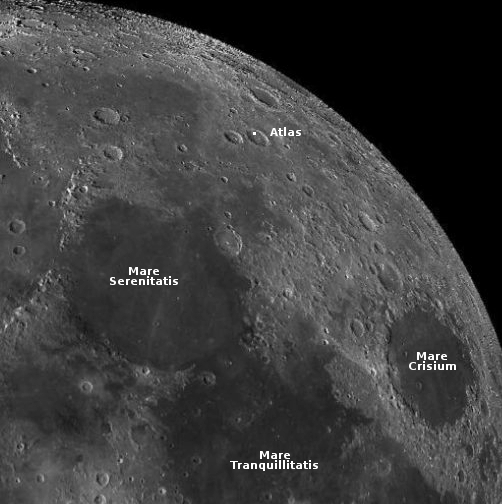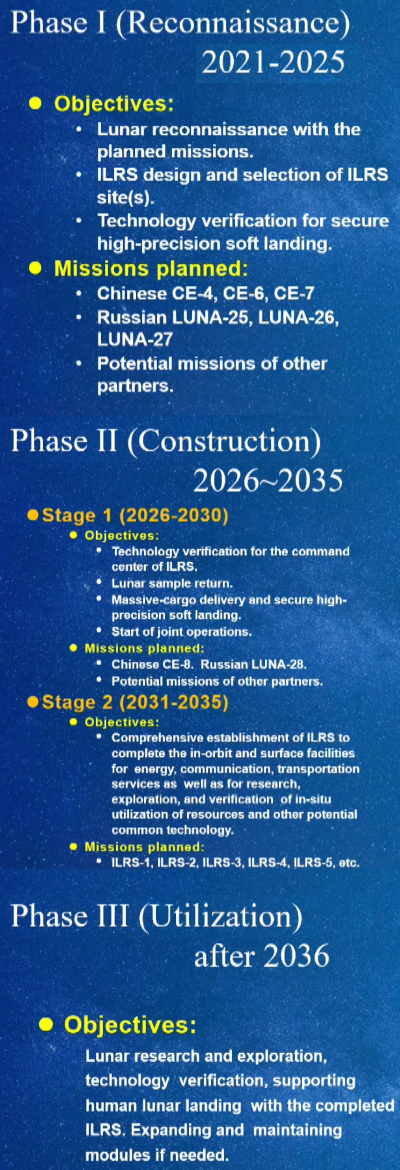Rocket engine company Ursa Major raises $100 million in private investment capital
The American rocket engine company Ursa Major recently raised an additional $100 million in private investment capital, on top of the $85 million it raised last year.
All told, the company has raised $234 million. Its Hadley engine presently has contracts with rocket startups Astra and Phantom, the hypersonic missile testing company Stratolaunch, and the Air Force. It is also developing two larger engines, the Ripley and the Arroway, the latter designed to replace Russian engines previously used by American companies.
The American rocket engine company Ursa Major recently raised an additional $100 million in private investment capital, on top of the $85 million it raised last year.
All told, the company has raised $234 million. Its Hadley engine presently has contracts with rocket startups Astra and Phantom, the hypersonic missile testing company Stratolaunch, and the Air Force. It is also developing two larger engines, the Ripley and the Arroway, the latter designed to replace Russian engines previously used by American companies.













